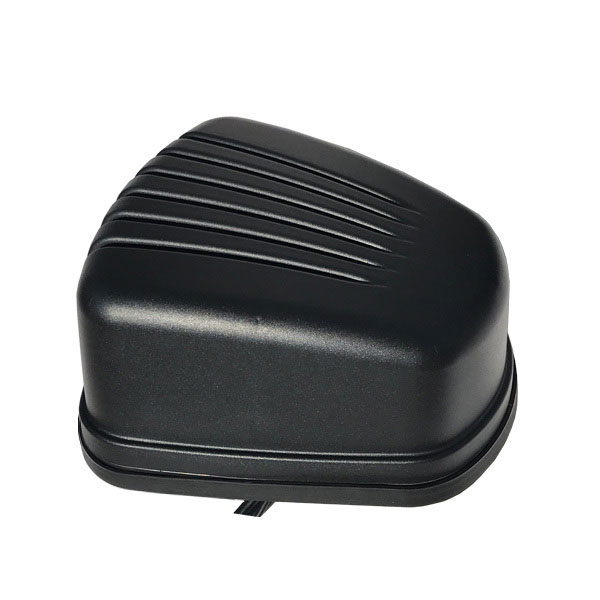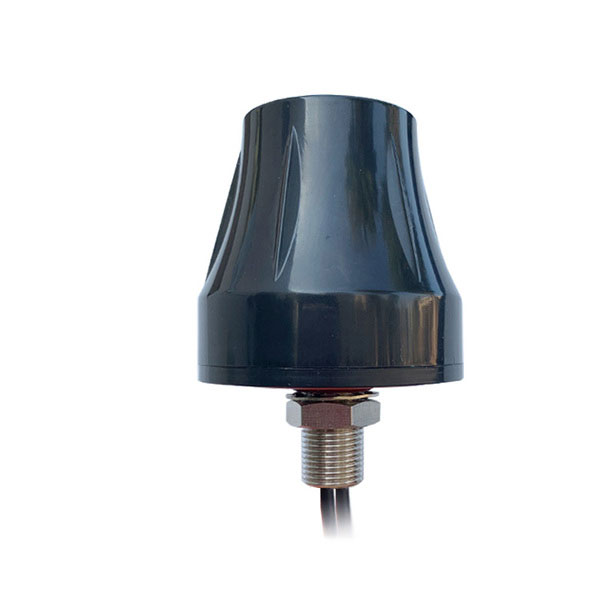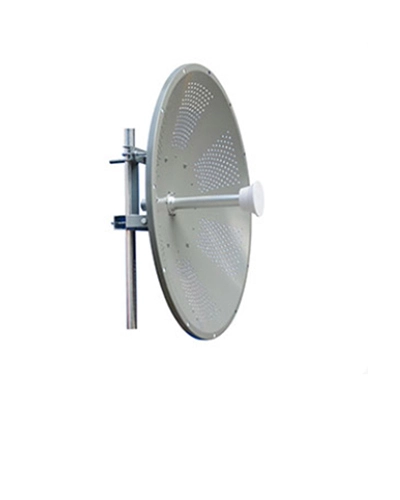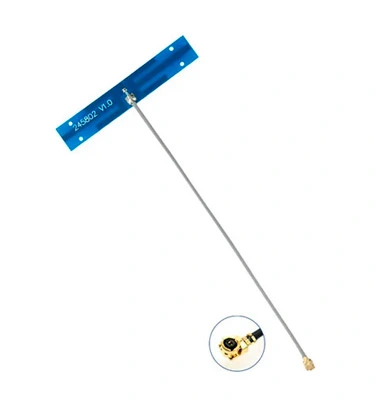
As a professional manufacturer of RF antennas, Asian Creation supplies high quality combination antannas, including 5 in 1 combination antennas and gnss/wifi/lte/4g/5g mimo ac antenna etc. Typically, combined antennas combine GPS, GSM, GLONASS, or WiFi technologies. Combined antennas feature two or more cables with various connection types, from which you may select the kind and length of cable.
As a professional manufacturer of RF antennas, Asian Creation supplies high quality combination antannas, including 5 in 1 combination antennas and gnss/wifi/lte/4g/5g mimo ac antenna etc. Typically, combined antennas combine GPS, GSM, GLONASS, or WiFi technologies. Combined antennas feature two or more cables with various connection types, from which you may select the kind and length of cable.
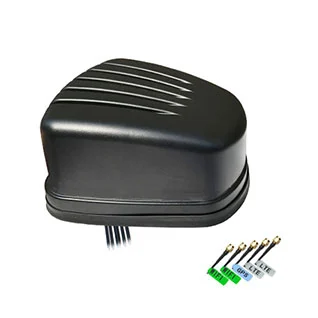
Please confirm the product performance and specifications before purchase
All our combination antennas are customized. If there are quality problems, we will provide free return and after-sales service.
After confirmation of PI or contract, 30% deposit shall be paid to arrange production, and 70% balance shall be paid before delivery
We strongly recommend customers to test samples first
Combo antennas have a distinctive design and construction that allow them to house several functional combo antenna elements. Each element operates as an individual antenna with its own feedline for connection to downstream radio devices and circuits.
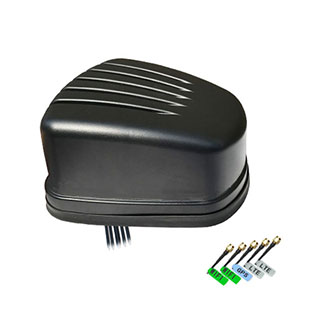
Mobile Communication: Combination antennas are frequently used in mobile devices, such as smartphones and tablets, to support multiple wireless communication standards like 4G LTE, 5G, Wi-Fi, and Bluetooth. This enables seamless connectivity and optimal performance across various networks.
Connected Vehicles: In the automotive industry, combination antennas play a crucial role in providing connectivity for connected vehicles. They support applications like GPS navigation, satellite radio, cellular connectivity, and other communication systems integrated into modern vehicles.
Telematics and Fleet Management: Combination antennas are utilized in telematics systems for fleet management, enabling real-time tracking, monitoring, and communication in commercial vehicles. They support GPS, cellular, and possibly other communication technologies.
IoT (Internet of Things): In IoT deployments, combination antennas are used to support diverse connectivity needs for sensors, actuators, and devices. They can cover various wireless standards like Zigbee, LoRa, NB-IoT, and more within a single compact unit.
Smart Home Devices: Combination antennas play a role in smart home ecosystems by supporting various communication protocols such as Wi-Fi, Zigbee, and Bluetooth. This allows for seamless connectivity between smart devices like thermostats, cameras, and smart speakers.
Public Safety and Emergency Services: Emergency service vehicles often utilize combination antennas to support multiple communication systems, including public safety radio bands, LTE for data connectivity, and GPS for navigation and tracking.
Aviation Communication: In aviation, combination antennas such as 3-in-1 Combination Antennas are employed for communication and navigation systems on aircraft. They can support VHF, UHF, GPS, and other frequencies necessary for air traffic control and in-flight communication.
Maritime Communication: Combination antennas are used in maritime applications to provide communication capabilities for vessels. They may support VHF, UHF, satellite communication, and AIS (Automatic Identification System) for maritime safety.
Railway Communication: In the railway industry, combination antennas are used to support communication systems for train operations, including radio communication, Wi-Fi for passengers, and possibly other connectivity needs.
Industrial Automation: Combination antennas find applications in industrial automation for wireless communication between machines, sensors, and control systems. They can support various wireless protocols depending on the industrial IoT requirements.
Military and Defense: Combination antennas are used in military applications to support multiple communication frequencies, ensuring secure and reliable connectivity in diverse operational environments.

